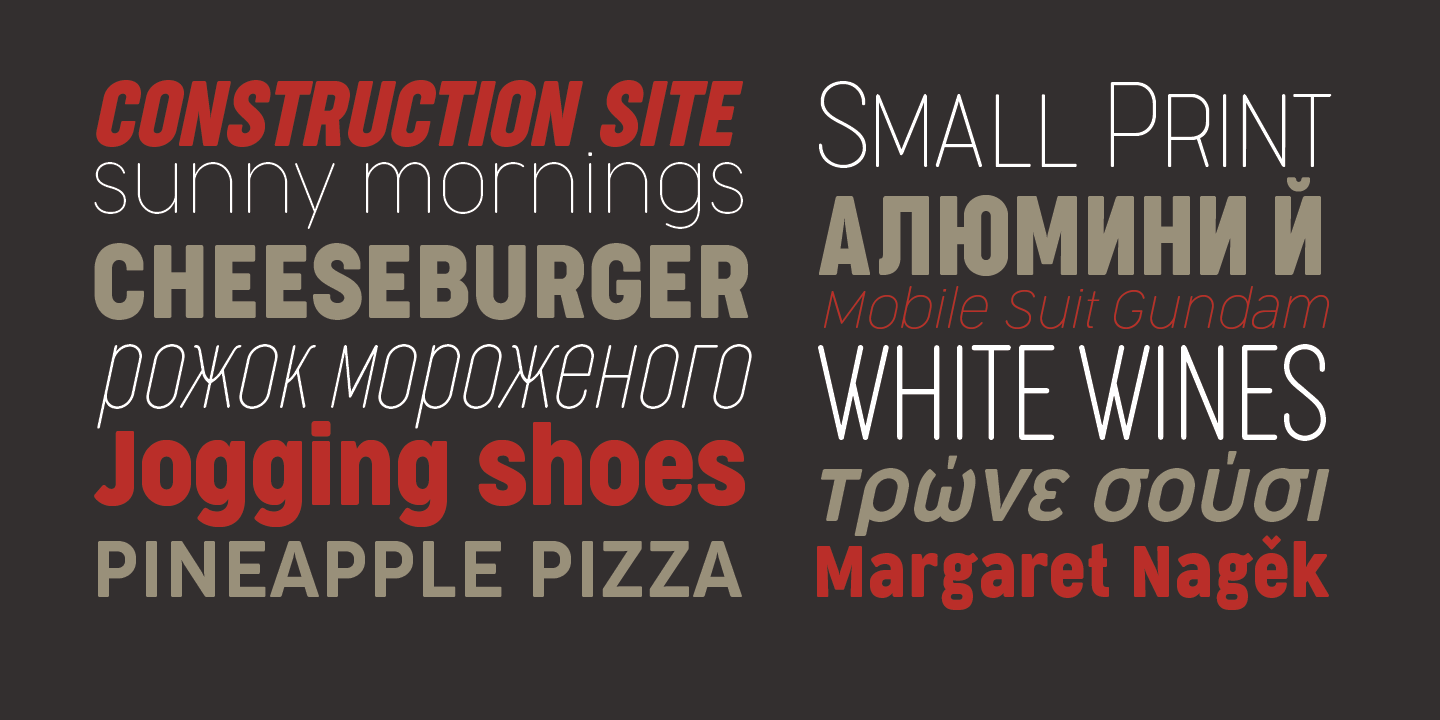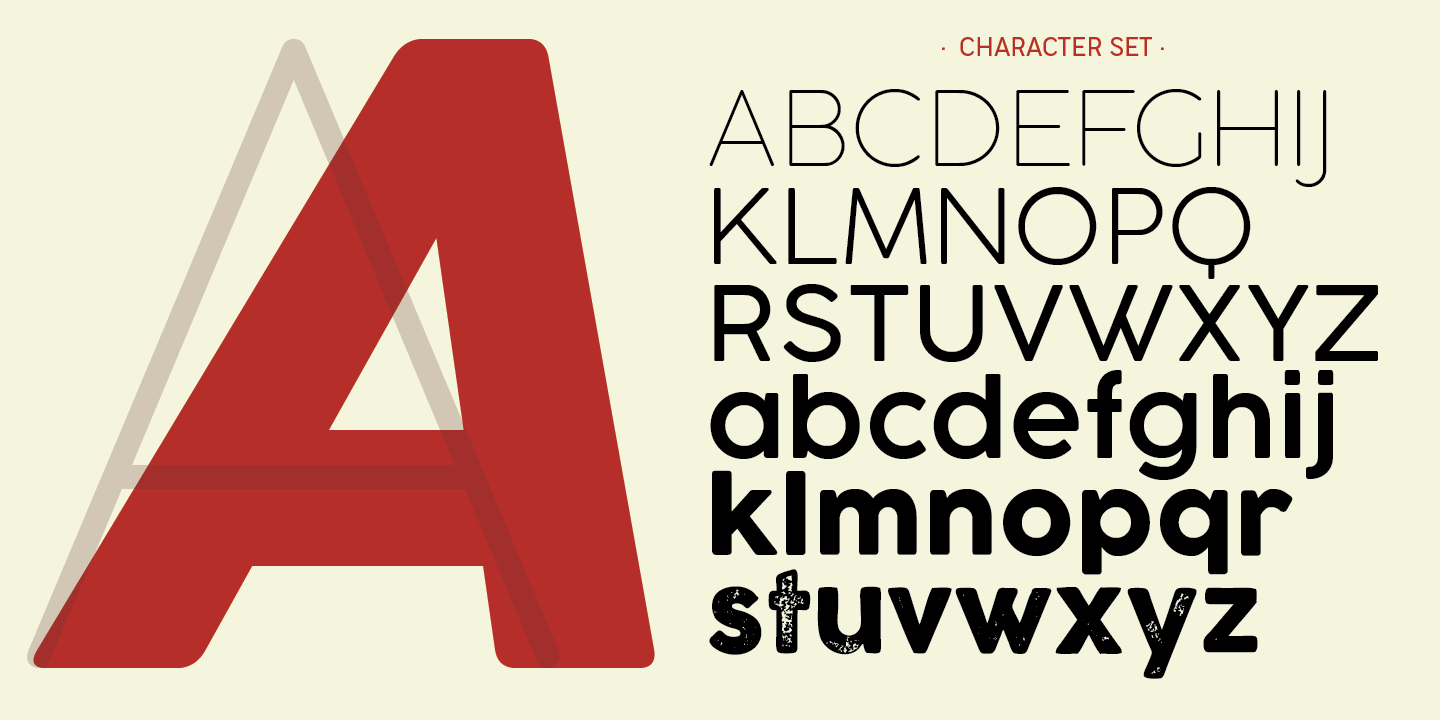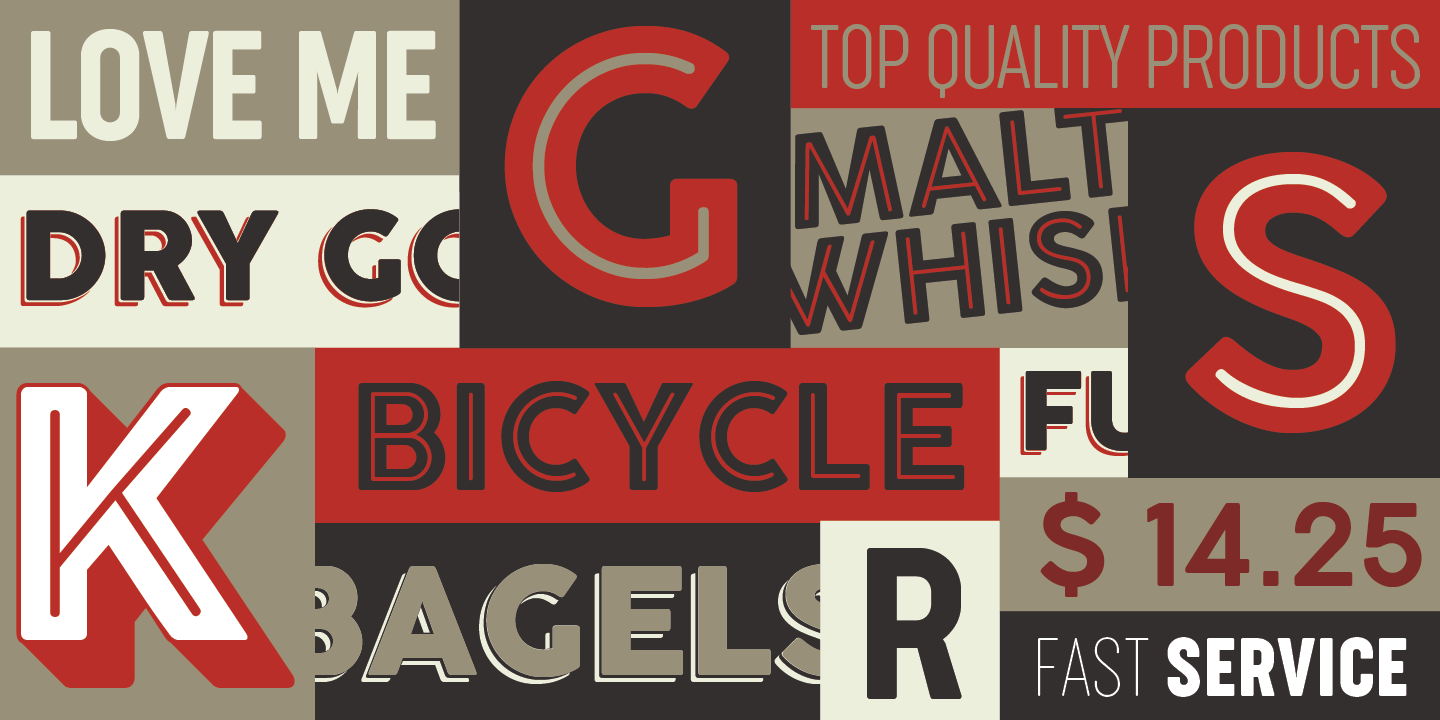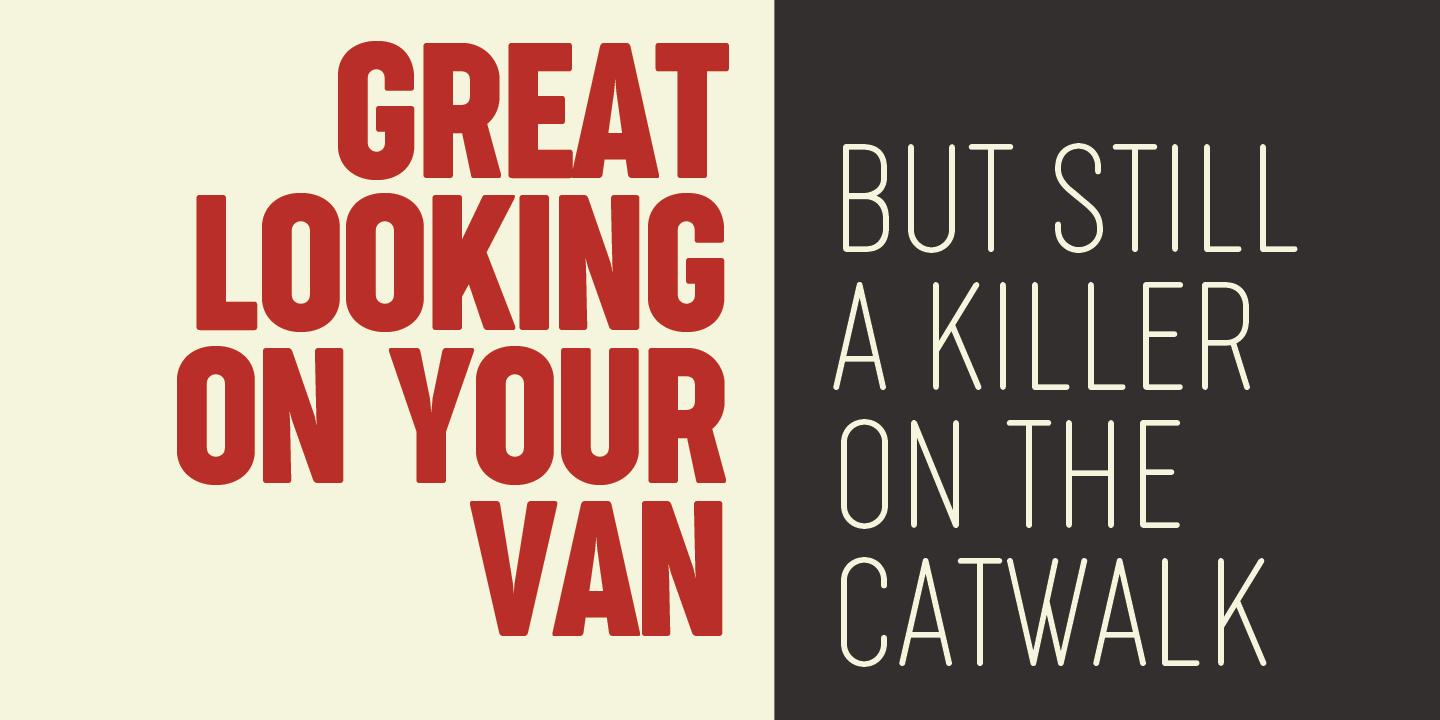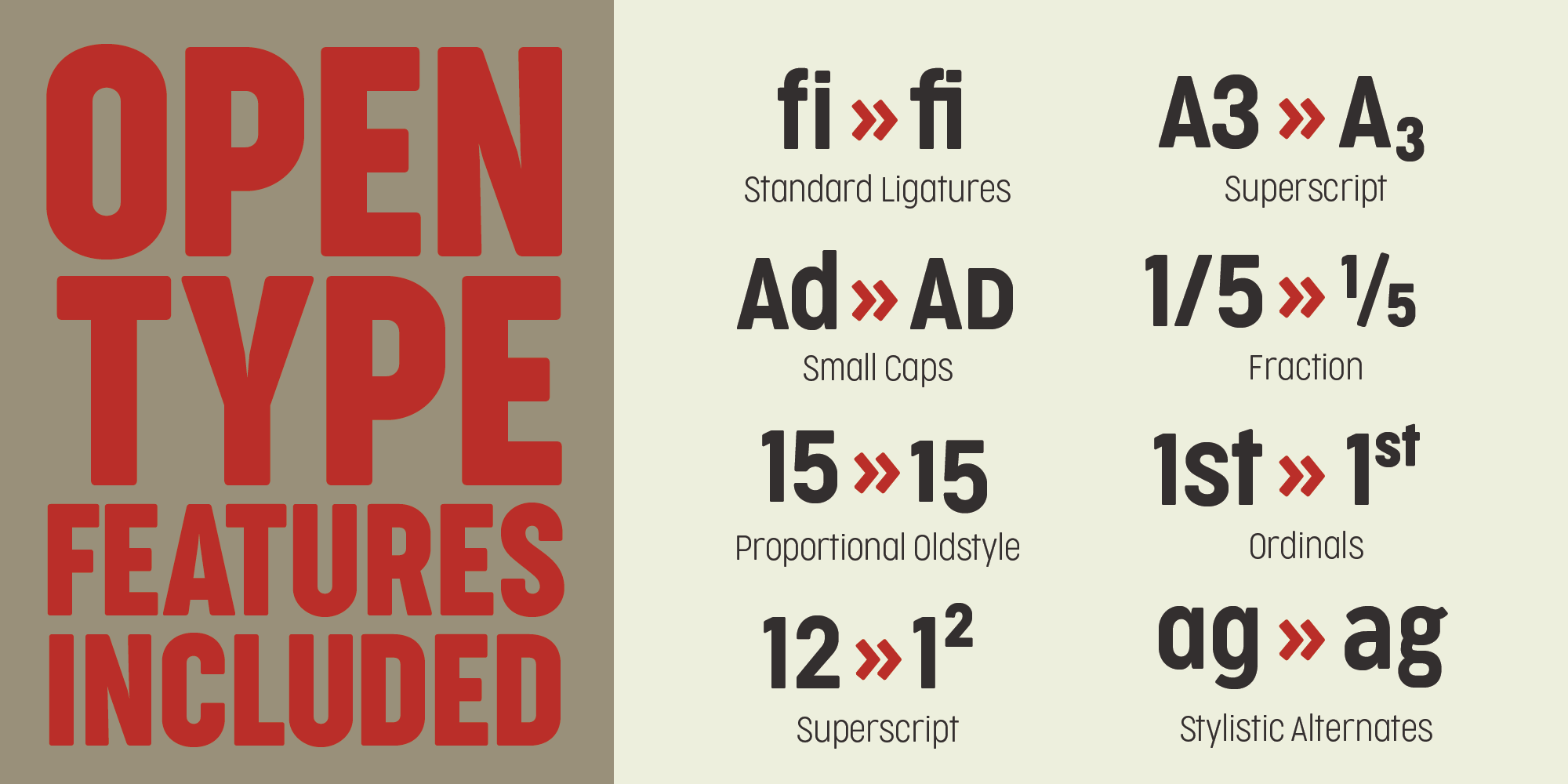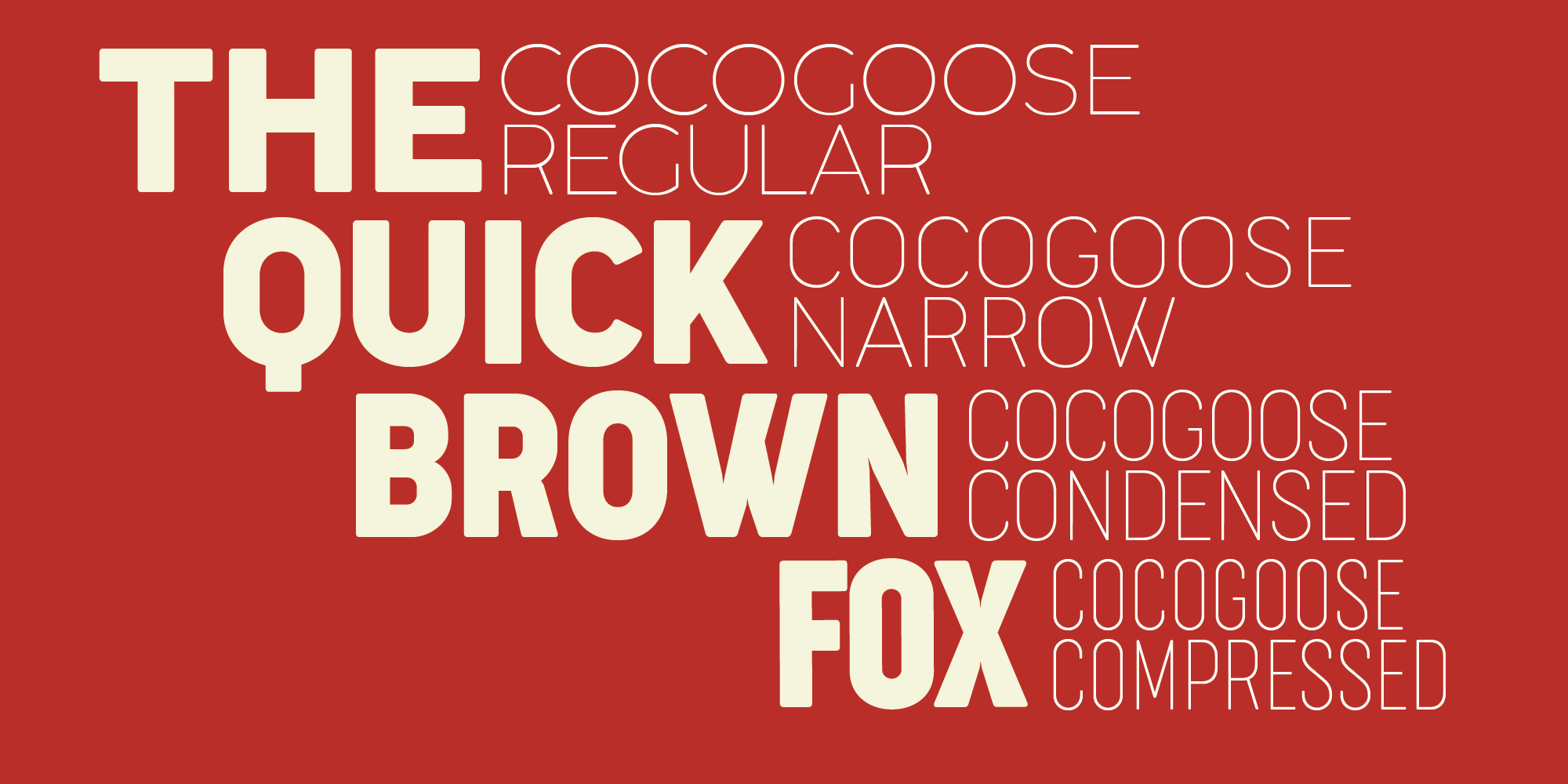Cocogoose Pro Thin
Cocogoose Pro Thin Italic
Cocogoose Pro Ultralight
Cocogoose Pro Ultralight Italic
Cocogoose Pro Light
Cocogoose Pro Light Italic
Cocogoose Pro Semilight
Cocogoose Pro Semilight Italic
Cocogoose Pro Regular
Cocogoose Pro Italic
Cocogoose Letterpress
Cocogoose Inline
Cocogoose Outlined
Cocogoose Pro Block Border
Cocogoose Pro Block Gradient
Cocogoose Pro Block Innerline
Cocogoose Pro Block Shadow
Cocogoose Compressed Thin
Cocogoose Compressed Thin Italic
Cocogoose Compressed Ultralight
Cocogoose Compressed Ultralight Italic
Cocogoose Compressed Light
Cocogoose Compressed Light Italic
Cocogoose Compressed Semilight
Cocogoose Compressed Semilight Italic
Cocogoose Compressed Regular
Cocogoose Compressed Regular italic
Cocogoose Compressed Bold
Cocogoose Compressed Bold Italic
Cocogoose Compressed Letterpress
Cocogoose Condensed Thin
Cocogoose Condensed Thin Italic
Cocogoose Condensed Ultralight
Cocogoose Condensed Ultralight Italic
Cocogoose Condensed Light
Cocogoose Condensed Light Italic
Cocogoose Condensed Semilight
Cocogoose Condensed Semilight Italic
Cocogoose Condensed Regular
Cocogoose Condensed Regular Italic
Cocogoose Condensed Letterpress
Cocogoose Narrow Thin
Cocogoose Narrow Thin Italic
Cocogoose Narrow Ultralight
Cocogoose Narrow Ultralight Italic
Cocogoose Narrow Light
Cocogoose Narrow Light Italic
Cocogoose Narrow Semilight
Cocogoose Narrow Semilight Italic
Cocogoose Narrow Regular
Cocogoose Narrow Regular Italic
Cocogoose Narrow Letterpress
Writing system:
Language Supported:
Features
-
fl fiStandard Ligatures
-
(HO!)Case-Sensitive Forms
-
WagekStylistic Alternates
-
AbagoSmall Capitals
-
12/23Fractions
-
1a 3thOrdinals
-
12360Lining Figures
-
12360Oldstyle Figures
-
1234Tabular Figures
-
H123Denominators
-
H123Superscript
-
H123Scientific Inferiors
-
H123Numerators
-
120Slashed Zero
The European languages are members of the same family. Their separate existence is a myth. For science, music, sport, etc, Europe uses the same vocabulary.
The languages only differ in their grammar, their pronunciation and their most common words. Everyone realizes why a new common language would be desirable: one could refuse to pay expensive translators. To achieve this, it would be necessary to have uniform grammar, pronunciation and more common words. If several languages coalesce, the grammar of the resulting language is more simple and regular than that of the individual languages. The new common language will be more simple and regular than the existing European languages. It will be as simple as Occidental; in fact, it will be Occidental. To an English person, it will seem like simplified English, as a skeptical Cambridge friend of mine told me what Occidental is. The European languages are members of the same family. Their separate existence is a myth. For science, music, sport, etc, Europe uses the same vocabulary. The languages only differ in their grammar, their pronunciation and their most common words. Everyone realizes why a new common language would be desirable: one could refuse to pay expensive translators. To achieve this, it would be necessary to have uniform grammar, pronunciation and more common words. If several languages coalesce, the grammar of the resulting language is more simple and regular than that of the individual languages. The new common language will be more simple and regular than the existing European languages. It will be as simple as Occidental; in fact, it will be Occidental. To an English person, it will seem like simplified English, as a skeptical Cambridge friend of mine told me what Occidental is. The European languages are members of the same family. Their separate existence is a myth. For science, music, sport, etc, Europe uses the same vocabulary.

